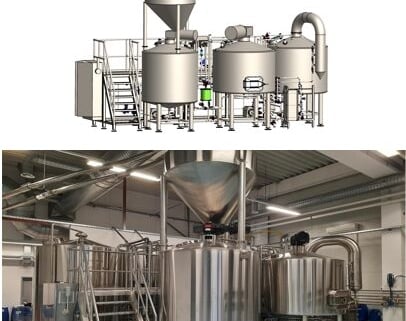Best Brewery Vessels for Microbreweries
Craft beer, homebrews, or large-scale production—no matter the size or type of brewery, vessels play an indispensable role in the brewing process. These vessels are more than just tanks; they’re the silent heroes that help transform grains, water, hops, and yeast into the magical elixir we call beer.
What Are Brewery Vessels?
Brewery vessels are specialized containers designed for different stages of the beer-making process. These vessels are tailored for various functions such as mashing, boiling, fermenting, conditioning, and storing beer. They’re crafted with precision to maintain the integrity of the brew and ensure consistency, quality, and safety.
Think of brewery vessels as the organs of a brewing system. Just like a heart pumps blood, a fermentation vessel facilitates the essential biochemical reactions that turn wort into beer. Without these vessels, brewing wouldn’t just be challenging—it would be impossible.
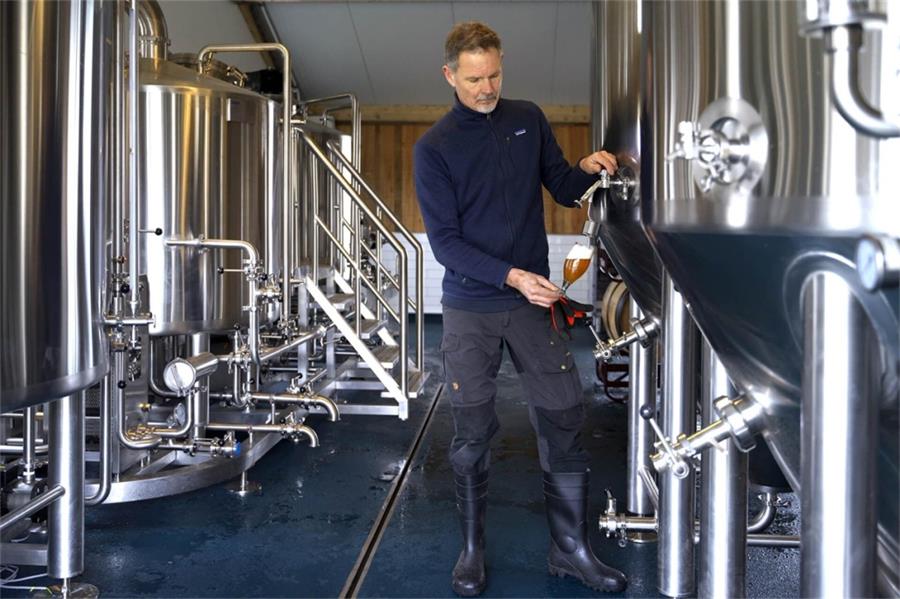
Common Types of Brewery Vessels
Brewing beer involves several stages, and each requires a specific type of vessel. Let’s explore the most commonly used brewery vessels:
1. Mash Tun
The mash tun is where the brewing process kicks off. It’s a large vessel where milled grains mix with hot water to extract fermentable sugars. This step, known as mashing, creates a sugary liquid called wort. Mash tuns often come with a false bottom to separate the liquid from the grain husks.
2. Lauter Tun
After mashing, the lauter tun takes over. This vessel filters the wort, separating it from the spent grains. Equipped with slotted plates or screens, lauter tuns ensure efficient wort collection.
3. Boil Kettle
Once filtered, the wort moves into the boil kettle. Here, it’s boiled with hops to sterilize the liquid, develop flavors, and achieve the desired bitterness. Boil kettles usually have heating jackets or burners to maintain precise temperatures.
4. Whirlpool Vessel
A whirlpool vessel is where the wort is clarified after boiling. Through a spinning motion, solids like hop residues and protein particles are separated, leaving a clear liquid ready for fermentation.
5. Fermentation Vessel (FV)
Fermentation vessels are arguably the most critical in brewing. This is where yeast is added, and the magic happens—sugars turn into alcohol and carbon dioxide. Modern fermenters often come with temperature control systems to maintain ideal fermentation conditions.
6. Bright Tank
The bright tank is the final stop before packaging. This vessel conditions the beer, clarifies it further, and sometimes carbonates it to the desired level. Bright tanks ensure your beer is bright, clear, and ready for the glass.
Commonly Used Brewery Vessel Materials
Choosing the right material for brewery vessels isn’t just about durability; it’s also about preserving the beer’s quality and flavor. Let’s examine the most common materials:
1. Stainless Steel
Stainless steel is the gold standard for brewery vessels. Why? It’s corrosion-resistant, easy to clean, and doesn’t react with the beer’s ingredients. Plus, it’s highly durable and can withstand high temperatures and pressures.
2. Copper
Traditional brewers often used copper for its excellent heat conductivity. While it’s less common today due to maintenance challenges and reactivity, it’s still admired for its aesthetics and historic charm.
3. Glass
Glass is mostly used in smaller, homebrewing setups. It’s inert and doesn’t affect the beer’s flavor, but its fragility and inability to scale make it impractical for large breweries.
4. Plastic
While lightweight and affordable, plastic is primarily reserved for amateur brewers. It’s prone to scratches, which can harbor bacteria, making it less desirable for professional use.
The Impact of Different Scale Brewing Demands on Brewery Vessel Design
| Scale | Key Features | Considerations |
|---|---|---|
| Homebrewing | Compact size, affordable materials like glass or plastic | Limited capacity, less durability, manual cleaning required |
| Craft Brewing | Medium-sized stainless steel vessels with integrated temperature control and CIP systems | Balances cost with efficiency, tailored for unique brews |
| Industrial Brewing | Large-scale vessels with advanced automation, extensive temperature regulation, and high throughput | High initial investment, designed for consistent large-batch production |
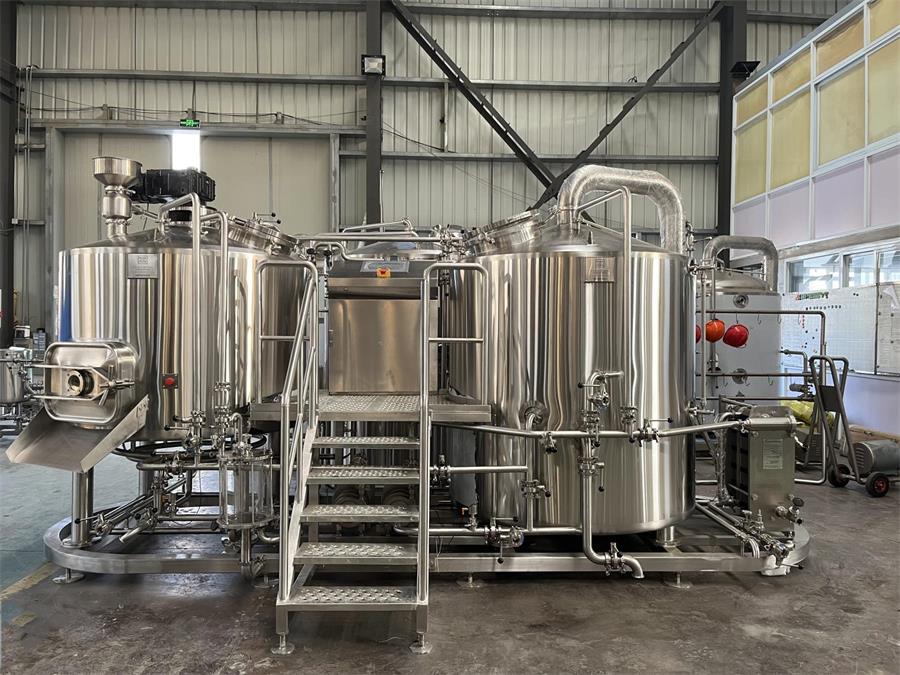
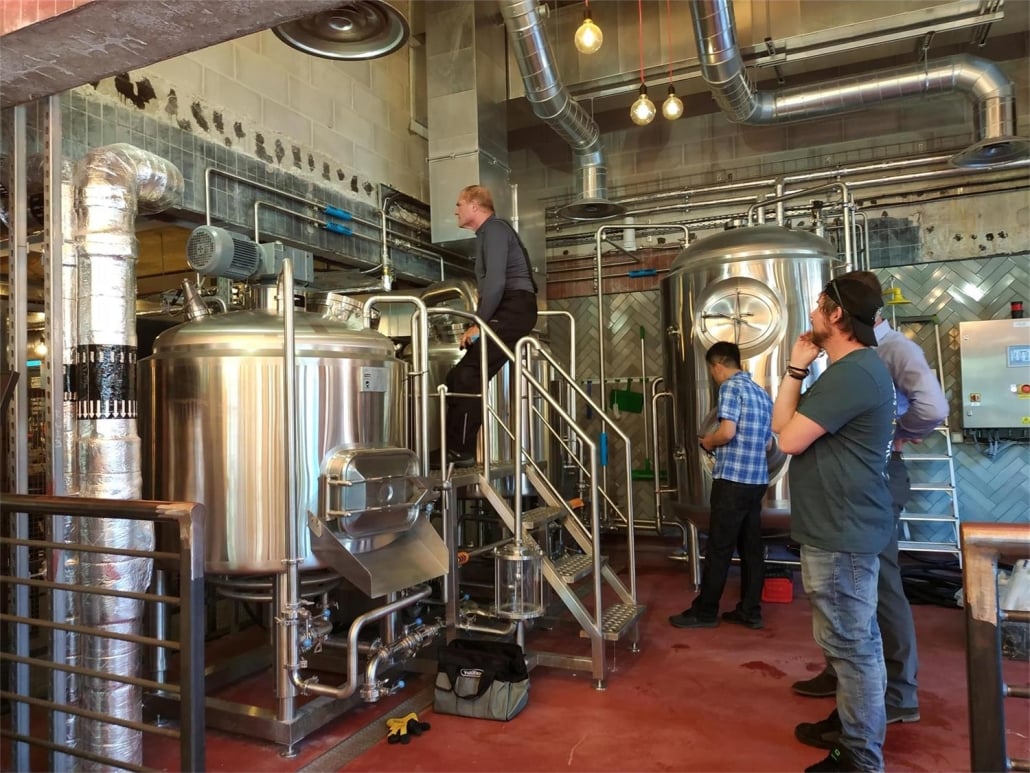
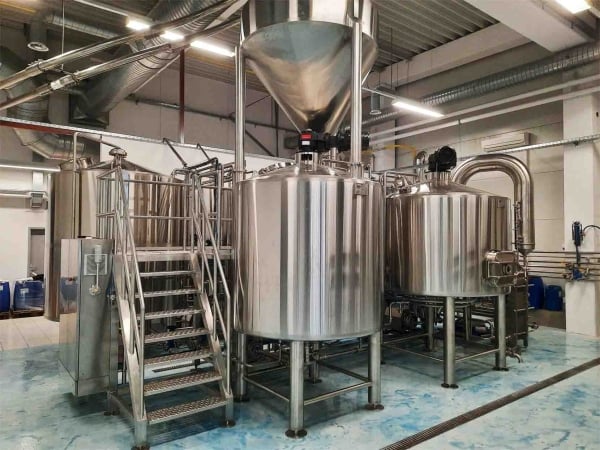
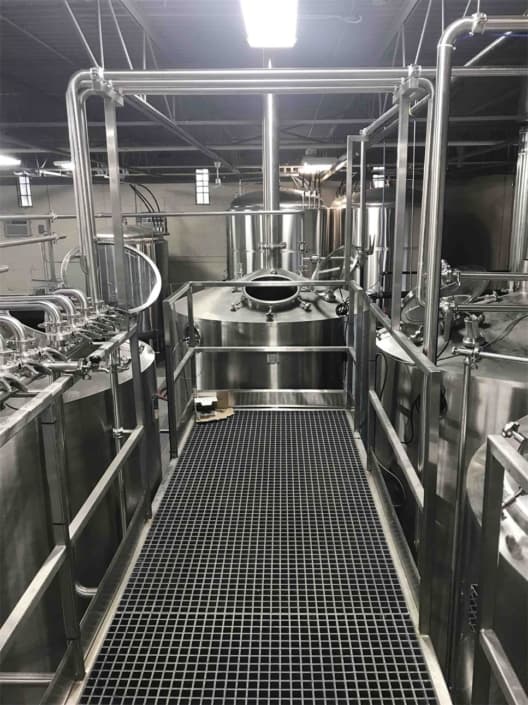
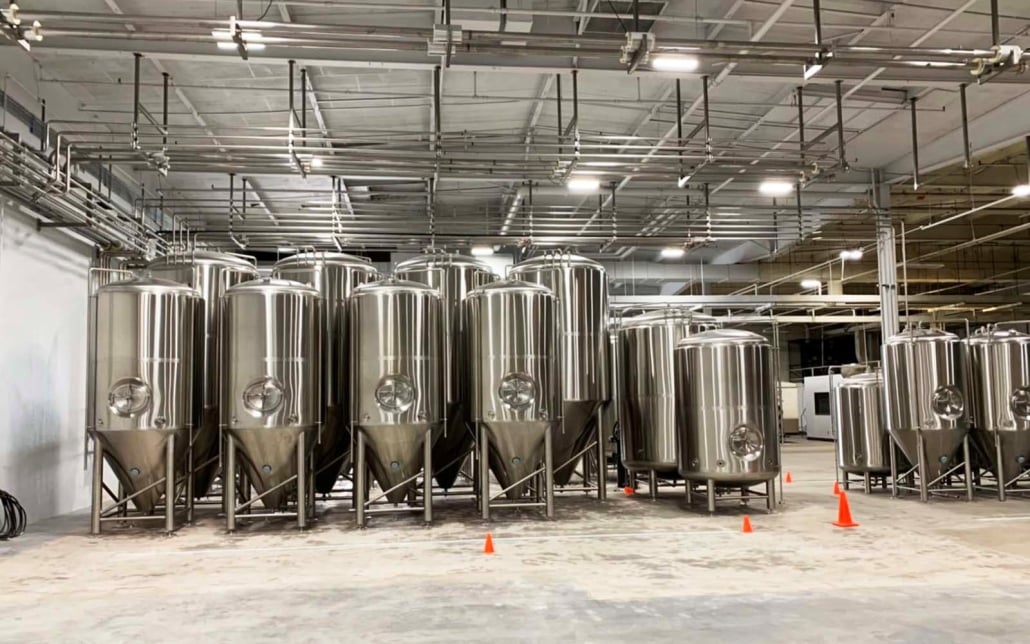
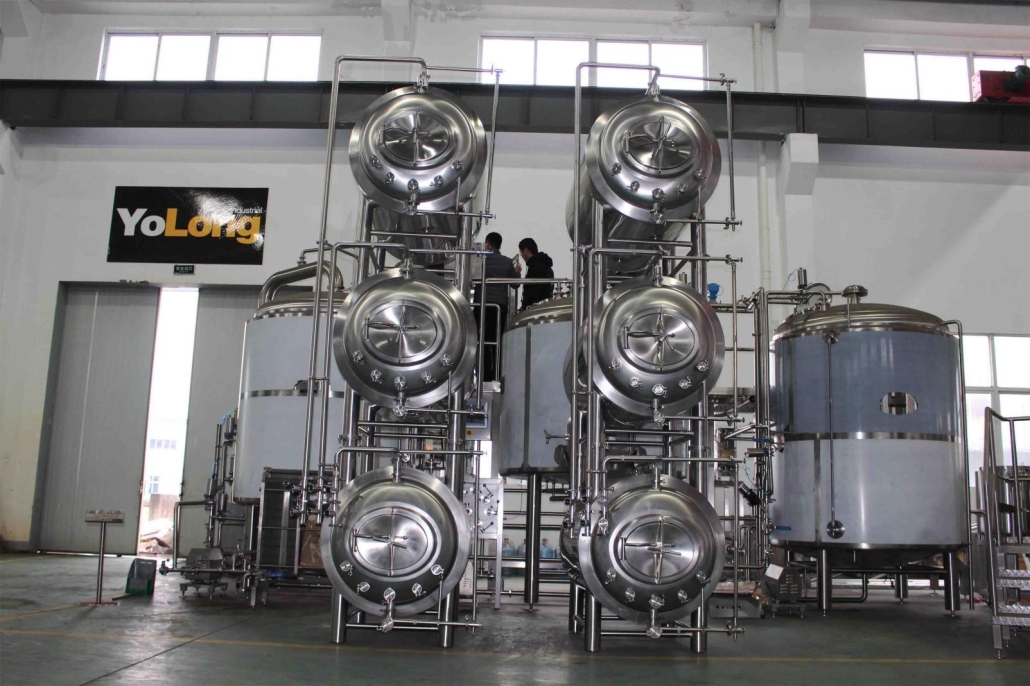
The Role of Each Brewery Vessel in the Brewing Process
Every vessel in a brewery has a specific job, much like a team working toward a common goal. Here’s a breakdown of their roles:
- Mash Tun: Extracts fermentable sugars from grains, creating wort.
- Lauter Tun: Separates wort from grain solids for a clean brewing process.
- Boil Kettle: Sterilizes the wort, integrates hops, and develops flavor.
- Whirlpool Vessel: Clarifies the wort by removing unwanted solids.
- Fermentation Vessel: The heart of brewing where yeast transforms wort into beer.
- Bright Tank: Final conditioning and carbonation, readying beer for packaging.
The Impact of Modern Processes on Brewery Vessels
Automation Control
Modern brewery vessels often come equipped with sensors, PLCs (Programmable Logic Controllers), and software for precise control. From maintaining fermentation temperatures to adjusting carbonation levels, automation reduces manual errors and boosts efficiency.
Temperature Control Systems
Fermentation is temperature-sensitive. Advanced jackets, glycol cooling, and integrated thermometers in vessels ensure optimal conditions for yeast activity, enhancing flavor consistency.
Cleaning Technology
Cleanliness is crucial. CIP (Clean-in-Place) systems have revolutionized vessel maintenance by enabling thorough cleaning without dismantling. This ensures hygiene while saving time and labor.
Factors to Consider When Choosing Brewery Vessels
Picking the right vessel isn’t just a matter of size or cost. Here’s what to keep in mind:
- Material: Stainless steel is durable and hygienic, making it ideal for most breweries.
- Capacity: Choose based on your production scale.
- Temperature Control: Essential for fermentation and conditioning vessels.
- Cleaning Systems: CIP systems save time and maintain quality.
- Budget: While upfront costs matter, consider long-term maintenance and durability.
Best Practices for Cleaning Brewery Vessels
| Step | Details |
|---|---|
| Pre-Rinse | Remove visible debris with hot water to prepare for deep cleaning. |
| Chemical Cleaning | Use caustic soda or acid cleaners to dissolve residues and kill bacteria. |
| Rinse Thoroughly | Ensure all cleaning agents are removed to avoid contamination or off-flavors. |
| Sanitize | Apply food-grade sanitizers to eliminate any remaining microorganisms. |
| Inspect and Maintain | Regularly check for scratches, leaks, or build-up to maintain vessel integrity. |
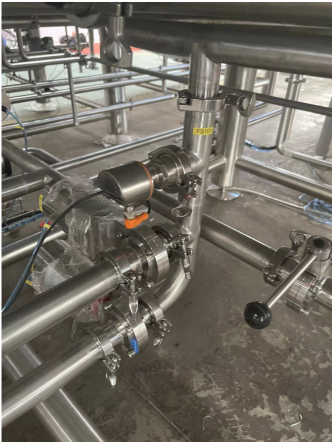
FAQs
Q: What size brewery vessel should I start with?
A: For homebrewers, a 5-gallon setup is sufficient. Craft breweries typically start with 7 to 15-barrel systems, while industrial breweries go for 100 barrels or more.
Q: How often should brewery vessels be cleaned?
A: Clean vessels after every batch to maintain quality and hygiene. Regular inspections can help catch any lingering issues.
Q: Can I use plastic fermenters for professional brewing?
A: Plastic is generally unsuitable for professional use due to durability concerns and contamination risks.
Q: How does vessel design impact beer quality?
A: The design affects everything from heat distribution to fermentation consistency. Choosing the right vessel ensures optimal brewing conditions.
Q: Are there eco-friendly brewery vessel options?
A: Some manufacturers focus on sustainable materials and energy-efficient designs, reducing the environmental footprint of brewing.

